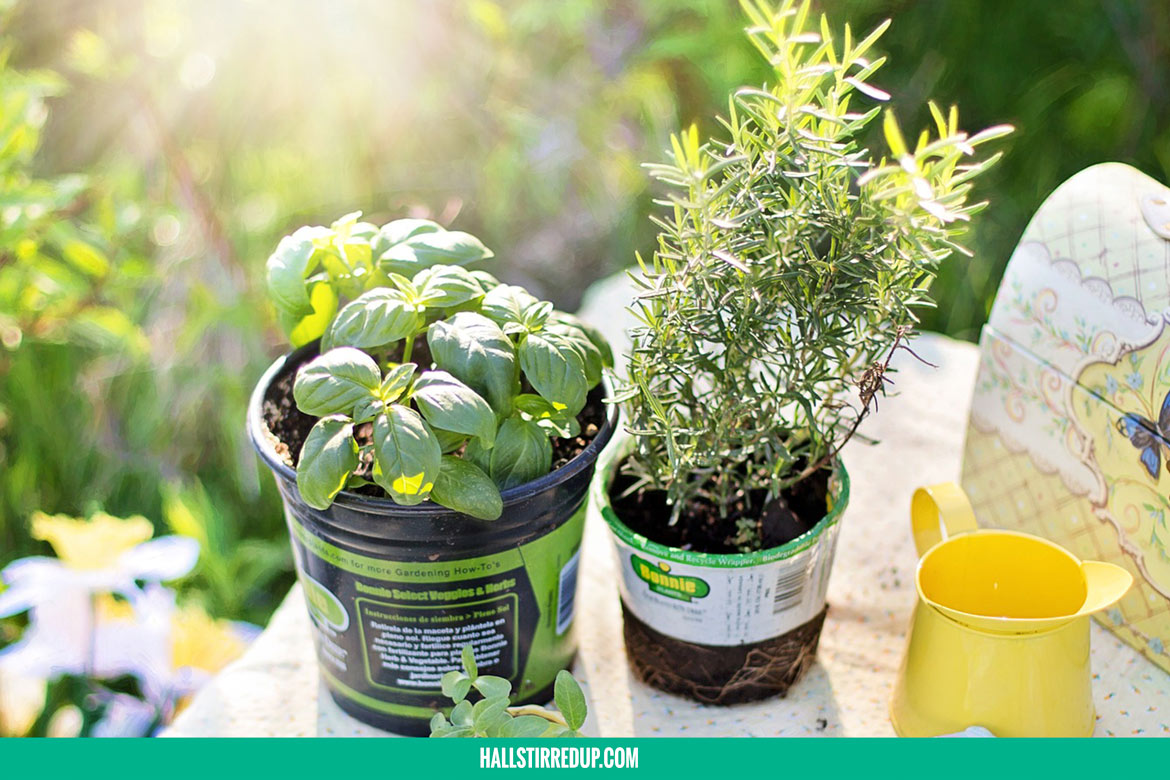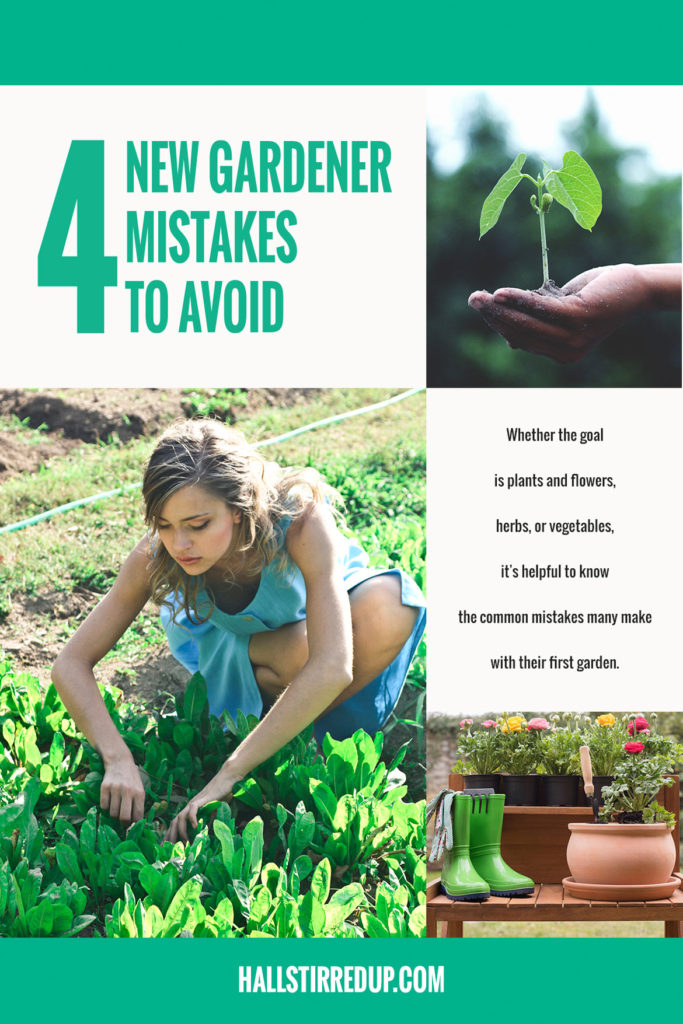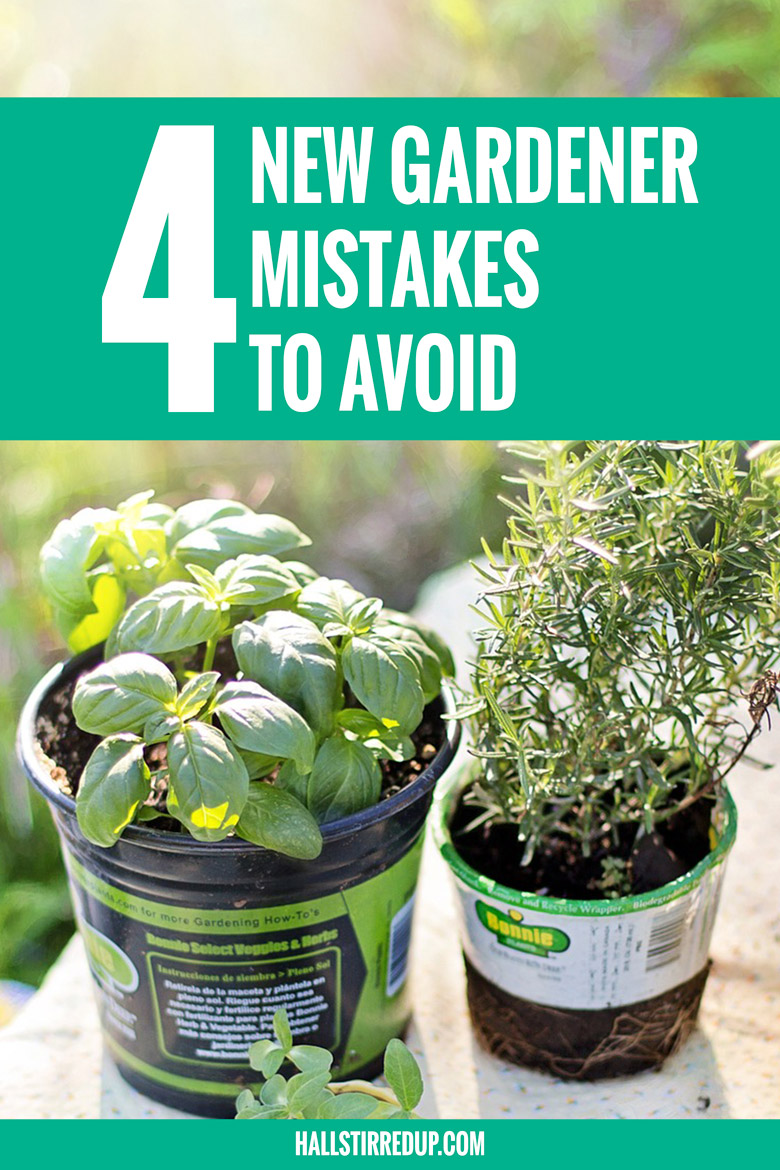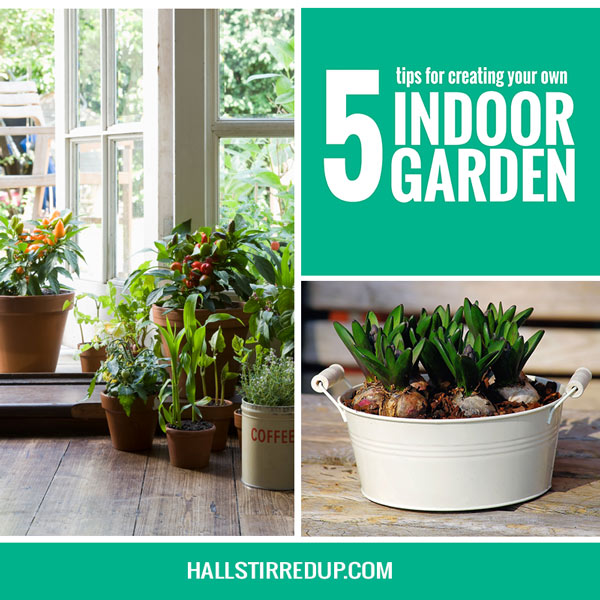
Gardening, Healthy Food, Healthy Lifestyle
Beginning gardener? Here are 4 mistakes to avoid
4 New Gardener Mistakes to Avoid
Full disclosure right up front: I am not an expert gardener. I’ve probably had as many failures as successes over the years, but along the way I’ve learned a few things that may be helpful to you. Whether the goal is plants and flowers, herbs, or vegetables, as a beginning gardener you will see a lot of helpful tips. But it’s also helpful to know the common mistakes others have made with their first garden. Read on for a few commonsense tips to make the most of your vegetable garden this year.
Planting Too Many Different Vegetables
This one has tripped me up, more than once. Standing in front of the seed packet display, it’s easy to get enthusiastic and overwhelmed. As a beginning gardener, you want to have an entire garden filled with colorful vegetables for your first harvest. But, hold on a minute. Step back and take a breath. Eventually you can grow as many types of vegetables as you want, but it’s best to start with just a select few. For your first year, choose just two or three. Vegetables like tomatoes, cucumbers, peppers, and zucchini are usually pretty easy to grow.
Not Providing Enough Light
When planning where to plant vegetables in your garden, you need to plan around how much light they’ll get. Make sure to research the plants you’d like to grow and learn how much light each one needs, then choose the best spot in your yard for the proper sunlight, not necessarily where it’s convenient.
Failing to Choose the Right Fertilizer
Fertilizer is very important, and not just the type of fertilizer but also how much you use. Just like lighting, each plant has different fertilizer needs. While you’ll find many recommendations for the proper type of fertilizer, also be sure to use the recommended amount for your specific plant.
Get to know how much fertilizer you need for each type of plant. As an example, lawn requires more fertilizer, while fruit trees don’t need as much. Vegetables need a balanced fertilizer. If you use a high nitrogen fertilizer on your veggie plants, you’ll have a beautiful leafy plant but it may inhibit the actual vegetable.
Ignoring Rules About Companion Planting
Companion planting is where you choose certain plants to grow next to each other in the garden, but give more space to plants that need it. For example, sunflowers are fun for beginning gardeners, but they don’t like being planted near anything else. They need space, so you’ll want to keep them at least a foot (or more) from your other plants.
Some plants work really well when planted together, while other plants will steal each other’s nutrients. With vegetables, keep your peas and beans away from chives, onions, peppers, and leeks. Broccoli and cauliflower should not be close to strawberries or tomatoes. And garlic is a great companion plant to tomatoes.
You can avoid the mistakes
As a beginning gardener, taking the time to learn what benefits your fruits and vegetables will lead to a successful growing season and a bountiful harvest. Dig in!
Be Sure to Sign Up~
While you’re here, make sure to sign up for my newsletter. Subscribers receive exclusive freebies, direct links to my newest printables, and post updates. Don’t miss out!
Read 5 tips to create your own indoor garden.
Learn to grow your own herb garden!
Here’s a fun infographic about medicinal herbs you can grow in pots.
Sources




Leave a Reply